Windhoek to Capetown
Africa's tallest sand dune – Big Daddy.
When Seb said we should meet up in Africa for his 30th and drive from Windhoek to Cape Town, I said ‘new phone who dis? Jk, yes.’ Seb had been living in London and this would be the first time hanging out with him for more than a few days for four years.
I think every group of mates has ‘the organised one’ – ours is called Seb, he’s a dear old friend, a passionate conversationalist and he’s just so organised. He’s the best travelled person I know and as such is prone to stunning visions of future moments that bury deep into his psyche – like celebrating his 30th by driving across the desert from Namibia to South Africa. They become important, he falls in love with them, so he follows his heart and does everything necessary to make them happen – including wrangling four useless mates into two trucks on the other side of the world with our compass set to Cape Town.
Wind in his hair and adventure on his mind, onward ever onward through the world.
The trucks were an engineering triumph. Huge Ford Rangers modified to prevail on the hostile desert highways. Expanded fuel tanks, kitchen in the boot, solar panels to charge both batteries, two tents on the roof, and good company inside – they were oases on wheels. A few songs after we crossed Windhoek city limits, with Tom at the wheel of one car and Seb at the helm of the other, we got our first taste of the ten days ahead – sand, wind, a fence, a power line, and some strange animals now and then.
Tom is my best friend and a gifted lawyer. He has a knack for making people feel good because he’s the best listener I’ve ever had the pleasure of talking at. He can pack up (and down) a campsite like few others and he laughs at my jokes, which is good and correct. He’s an alluring combination of wise composure and intoxicating spontaneity, do you love him? You should.
Sun in his heart and sea in his blood, a stable captain no matter the storm.
Fighting off lions in Spitzkoppe
We set up our first campsite in the brooding shadows of Spitzkoppe – a giant rock formation jutting up from the flat red desert surrounded by sporadic piles of enormous boulders and rock hills. We arrived at the empty campsite just before sunset with just enough time to fish the camp chairs out of the trucks, crack some beers, and watch the sinking sun turn the red desert orange, pink, purple then black. It was a special moment – we’d done it. We made it to Africa, fled the city and we were camping in lion country. And all it took was a couple of flights, two trucks, five friends, and seven years off Seb’s life in stress.
Interesting fact: Spitzkoppe is Namibian for the pebble pile.
Nick is a teacher and we played thirds football together in high school – we were majestic. He’s half Italian and half sunshine. An incredible conversationalist, he will know more about you than you realised you knew about yourself. Oh, and he’ll gladly take you through the minutia of Carlton’s five year plan if you stand still long enough.
Raw joy and deep conversation beats in his veins. “Come 2032, Carlton will reign as AFL champions again.”
I thought we’d feel more exposed camping in the African desert, even with the camping restrictions – you have to camp in designated areas, probably to avoid feeding the lions too often. But sleeping on top of the trucks provided some psychological protection. Like even if a lion managed to get so lost it wandered into the Spitzkoppe campground, talk its way past the boom gate guard, it couldn’t possibly reach us because we were on top of the truck. And lions are famously terrible climbers and their one true weakness is 3mm of canvas fastened with a zip.
It’s just a very big rock.
Cleaning skeletons out of the bay
We were easing into our long drive through the Namib desert when we arrived in Swakopmund, where we tried our luck dancing with death in two unique but highly entertaining ways – surfing a world famous wave with more shark food than I’ve ever seen in once place, and folding ourselves into an antique light aircraft with a baby-faced pilot for a scenic flight.
Skeleton Bay is a mythical wave that can break so perfectly for so long it’s been said to have melted mortal’s minds. As we crested the small rise of the beach and the wave came into view, it proved to be more myth than mind melter. 2ft on the sets, crumbly and very seal-y. Undeterred, we suited up and paddled out. You can’t fly around the world to Skeleton Bay and not surf – it simply wasn’t an option. The overwhelming number of seals was way more impressive than anything the waves were doing. So we marvelled at the green, inky murkiness of the water, the wildlife and tried to guess how far away our closest Great White might be, then paddled in. If you’re planning to surf this wave, all the best. It doesn’t light up often but on the bright side, Namibia has so much more to explore.
We got stuck in the sand on the way back to Swakopmund. Fortunately for us, a man who seemed to be put on this earth to help simpletons who get stuck in sand was at hand. ‘Let me guess,’ he said looking at our truck stuck in the sand, ‘your truck is stuck in the sand, ya?’ He was as happy with his joke as he was to help unstick us, and he quickly had us on our way with some sage advice, ‘deflate your tires and drive faster on the soft sand next time,’ he said, ‘one stable speed. As soon as you slow down, your truck will get stuck.
The would be baby-faced assassin
David is one of my oldest friends and looks it. He doesn’t like flying and never has. In fact, he doesn’t seem to like much, but that’s a ruse. He’s a reluctant romantic with a big heart who does his best to hide behind a sharp intellect and a fierce cynicism. He revels in deep conversation and late nights and wants to be poet.
A smile on his face and love in his chest, fear in his eyes. He jumps, he flies.
The Swakopmund light aircraft airport felt like a well-trampled beach cricket pitch. It was pretty flat, very sandy and quite unnerving. Our pilot seemed too young and our plane too old, but we’d already bought our tickets, so we had to take the ride. It was a lot of fun watching three 6-foot-plus men fold their spidery limbs into the cabin until it was my turn. The single propeller on the nose of the plane kicked into life and killed the conversation. As we putt-putted across the runway in preparation to take off, dad’s advice about light aircraft popped into my head. ‘Don’t fly in light aircraft,’ he said, ‘but if you do, make sure it has at least two propellers.’ Oh no. Oh well. The plane reluctantly took to the air and we were almost immediately out of Swakopmund and into the Namib desert.
Our toy plane, child pilot and the cramped cabin of our careening coffin.
The landscape rolling out below us bled from red dunes into hard grey and black moonscape valleys, into flat dusty brown desert plains before we reached the coast where the stark desert soared up into sand dunes to meet the South Atlantic Ocean. Halfway through the flight, while we stared out the windows lost in the depths of our private meditations, our stomachs lurched in unison as we almost died.
The plane lurched up and to the right so our innards did the exact opposite and tested the limitations of our seals. Panicked, we looked at each other for a blink then stared out the front window – nothing but sky. I looked to my right and saw a huge flock of white birds below and behind us. ‘Just thought I’d wake you up. You guys looked like you were getting a bit sleepy,’ the pilot laughed and lied. The shadow of death still lingered in David’s wide eyes. ‘That wasn’t deliberate,’ he said with absolute certainty, ‘we almost died.’ I nodded. He was right, but it was a lovely view.
The hardest thing we’ve ever done (Big Daddy)
The next day was a long day on the road, but we were in Africa, driving through Namibia and I couldn’t have been happier. Our destination: Big Daddy – Africa’s tallest sand dune. (His real name is Dune 43, but he loves it when you call him Big Daddy.) The dune looms over Deadvlei and Sossuvlei – two salt lakes punctuated with long dead trees. Our directions were to drive to a carpark that didn’t bother any maps, take a lift in an overpriced tourist bus to a jump off point and hike for about 3 hours, the transfer bus driver seemed to guesstimate. The woman taking the cash and handing out tickets for the transfer bus was large, wearing a brightly coloured loose fitting dress and sat in the shade fanning herself. ‘Big Daddy?’ She asked. ‘Yes,’ we all chimed in unison with smiles that were too big for the question. She asked us where we were from and when we told her Australia she laughed a booming chuckle for a solid minute, fanning herself the whole time. ‘Not long. Driver here soon,’ she assured us.
The driver arrived, had a quick conversation with the ticket collector, and jumped in behind the wheel. ‘Australia, huh?’ He asked nonchalantly as he clunked the bus into gear. Along the dusty road about halfway between the carpark and our jump off spot, the strangest thing we’d seen in the desert appeared. A sweaty, bespectacled man wearing suit pants and a dress shirt wandering along staring at his feet. As soon as he saw the bus he frantically waved us down. ‘Where the hell have you been?’ He demanded from the driver. ‘I said I’d be back,’ he said. ‘We’ve been waiting for four hours,’ the sweaty man said. If the driver felt bad he hid it well. It wasn’t the best omen for our lift back. We disembarked and saw the sweaty man’s companions – slightly less sweaty, strewn about under the shade of a tree, and each with an equally simmering looks on their faces. ‘I’m sure we’ll be fine,’ I implored David. He pursed his lips then smiled. ‘Maybe. At least we’re not flying – I’d much rather perish on Big Daddy than fall from the sky.’
Tom nearing the summit and Seb past the nook – a good way to go.
Our unreliable driver dropped us off and put the truck into gear. ‘Whoa, hang on!’ Seb shouted over the revving engine, ‘which way do we go?’ The driver pointed out across the desert, ‘That way, you can’t miss it. Biggest dune in Africa,’ he grinned and left us in a cloud of red dust. We’d all done our fair share of hiking – and most of us had endured some pretty harsh conditions but we weren’t ready for what was ahead. We should’ve packed more water, and motorbikes.
We wandered across the red sand “that way” and soon found the gleaming salt pan of Sossuvlei – it was stunning and reminded me of my childhood farm in Albury, New South Wales – arguable the exact opposite of Namibia. We lived on Lake Hume and when the water levels were low, it revealed a ghostly cemetery of dead trees, just like Sossuvlei. It was at least 35 degrees celsius, and we had about 3 litres of water between us. We had no intention of climbing Big Daddy – it was too hot and it really was enormous, but we wandered across the salt flat just because. When we arrived at Big Daddy’s feet, we had to climb it. Africa’s largest sand dune, right there in front of us. It wasn’t even a choice, it was an imperative.
It probably only took an hour to summit Big Daddy, but it felt much longer. The soft sand made progress feel gradual if not entirely futile. A good stride upwards towards god might seem to offer a good half meter rise, but as soon as you put weight on that foot, the devil dragged it back down and filled your shoe with hot sand – not the best day for black boots even if they were ripple soled desert boots. The views readily took my mind off my burning lungs, claustrophobic dehydration and broiling feet. A rare breeze would occasionally blow sand into my face and cool my throbbing head. At the top, we sat in silence and we each unwittingly performed the same slow pirouette to take in the panoramic views across the Namib desert. ‘I can’t believe how hard that was.’ We all said the same thing to one another over and again in absolute disbelief – ‘that’s the hardest thing I’ve ever done.’ Between panting breaths, we smiled. It was the hardest thing we’d ever done.
We ran down because we couldn’t slide down, and if we couldn’t get down with minimal effort, we may as well get down fast. The walk back across the salt flat was made easier thanks to a light breeze drying our soaked shirts. We finished our water and hoped our demonstrably unreliable bus driver would be there, and he was. Our short afternoon amble had turned into a battle of the minds and a trip highlight.
The fence, the powerlines and the long dusty road
It took us a few days to work out what felt strange about the Namibian desert. The landscape was uniformly desolate, but ranged from profound peaky orange sand dune, to crumpled grey-black moonscape, to impossibly flat beige savannah, and back again within a single day of driving. But that’s not what puzzled us – we realised it was the absence of any human traces outside of townships. Within ten minutes of leaving house-lined streets, there was nothing – no farms, no villages, no hamlets, no signs of human existence aside from the fence, the power line and the serpentine road – nothing but us and the road.
The roads were surprisingly perfect – nearly new, wide, and empty. Thanks, according to the locals, to international mining companies who invested in infrastructure to protect their trucks and mineral interests. The stranger thing though, was the fence that ran alongside the road – it was a monster and we couldn’t work out whether it was keeping something in or out.
The first time we saw wild zebra, we had to pull over. Like most kids, I was obsessed with lions, tigers and all big exotic animals. Especially tigers. I remember when I was six years old I split my head open snowboarding and needed a few stitches in the back of my head. They had to shave a patch to get the stitches in and instead of sending me to school looking like a degenerate, Dad had an idea. He thought it would be a good idea to send me to the hairdresser for a cover up. Dad didn’t want to shave my head so the hairdresser didn’t have a lot to work with. A light went off in the hairdresser’s eyes, ‘what’s your favourite animal?’ She asked. I actually remember sitting in the chair as she held up the mirror and I saw her handy work. And that’s how I came to have Tiger shaved into the back of my head. We didn’t see heaps of zebras, so their novelty held its value.
Cross with caution
Swimming with the fish
When we arrived at Africa’s largest and grandest canyon – Fish River Canyon – it was so hot that we were prickling with sweat the instant we stepped out of the trucks. Our guess was 46 degrees – the trucks said 48, but what did they know. The canyon was incredible. The jagged walls on either side dropped down so far to the milky brown river trickling along the base, it felt cartoonish. We tried to ignore the heat’s effect on our mood but the canyon couldn’t possibly compete with the irrepressible thought of an icy cold beer and a swim in the pool that night’s campsite promised.
Heat so oppressive it nearly straightened horseshoe bend.
The weird side of Namibia
Namibia was colonised by the Germans at one point in the country’s long history, and there were reminders of their distant invaders everywhere. The town names, the architecture, the incredible selection of beer, and that a lot of locals spoke German. We pulled into Luderitz, found our campsite on Shark Island and decided to have a swim. The water was (probably) filled with Great White Sharks so the icy water was a great excuse to make it a quick dip.
After we dried off and stomped and rubbed feeling back into our extremities, we wandered into Luderitz township in the warm afternoon sunshine in search of beer and dinner. It felt like we were walking onto a movie set. The architecture was an unbelievable clash of German gothic, vibrant desert tones and what felt a bit like California, although maybe that was just the bright colours and ubiquitous sand. We found beer and dinner in a dimly lit tavern with an impressive selection of German beers and passable self-serve bain-marie roast lamb and veg.
No friends in the ghost town
Just outside Luderitz, in a nondescript area of desert, we drove into one of my favourite parts of the entire trip – a ghost town. Not just any ghost town, this one was built on diamonds and buried in sand. Kolmanskop was a bustling town built in German style on the false promise of never-ending diamonds. The gold leaf wallpaper, hand turned balustrades and enamel light switches showed that no expense was spared in the doomed town’s grand designs. But the mines ran out of diamonds so the town ran out of people, and the desert ran amok and set about taking back the real estate it once owned. The result is a photographer’s dream. I spent hours running through abandoned mansions enthralled by the different personalities and design elements in each room of each house. The views through the beautiful windows were matched by the sand covered hallways and half-buried doors. I heard David calling my name for 30 minutes before I let on that I could hear him. I was having too much fun, but we hit the road and soon, the South African border.
Crossing a line
When we reached the South African border, I wasn’t ready to farewell my favourite desert nation. The vast proportions of Namibia made every moment of our days feel like an adventure, even if we were just driving along offering our thoughts on a global solution for the obesity pandemic, or the remedy to Carlton Football Club’s losing epidemic.
The border crossing on the way out of Namibia was full of all the bravado, rigmarole and pageantry that our entry lacked. On the way in, there was no one at customs. The austere towering desks were there, as was a notice about Ebola, which seemed to rely heavily on the honesty system, but there weren’t any uniform-clad sentinels to make us nervous. And, obviously, that made us nervous as we waltzed on through the Windhoek International Airport.
But driving across the border into South Africa required a much closer examination and, looking back on photos of our appearance, I can understand why. We were desert-worn. We took it in turns to walk into the army green immigration building to have our forms and passports stamped. ‘Australia? Wow, long way away.’ The man said with a military smile, ‘Welcome to Africa.’ Once we were all certified, our truck was searched. Upfront bravado quickly melted into curious candour as they asked us about our surfboards and where we’d been.
Approaching the border crossing rigmarole
The nigh end
The coastline changed from sparse desert spilling into the sea to a more lush and sometimes mountainous landscape watching over the beaches. We didn’t really score any amazing waves, but we were content with the surfs we had in the teeming seas on the other side of the world. One of the most memorable surfs was just outside Elands Bay – our first stop back in South African territory. At the dawn surf check, the fog was so thick we couldn’t see the water. We went and found coffee, waited for the sun to burn off the fog a little then went back and found a fun option nestled between kelp beds and frolicking seals. The sea felt alive and, as ever, sharky. The surf was head high, a little bumpy and shifty but super fun. We shared nearly every wave with seals until it was lunchtime, for us.
Returning to Cape Town felt rude. The energy was a slap in the face, there were people everywhere and other cars on the road – it was a shock and also I sucked at hill starts in a normal car let alone a heavy truck – it was terrifying. I think it was because the city that our exciting introduction to Africa was now represented the end of it and the long slow lurch back to reality.
The dream of travelling to Africa had been in my head since tiger had been shaved into the back of it. But driving through Namibia and South Africa wasn’t a ‘box-tick’ kind of trip. It was a tiny escargot canapé in a small desert town kind of near the ocean when you have a raging post-surf-with-too-many-seals hunger to sate. I was and still am deeply grateful for the experience and am planning my return. If neither are on your list of places to visit yet, they really should be. Just remember to stay on the right side of the fence.











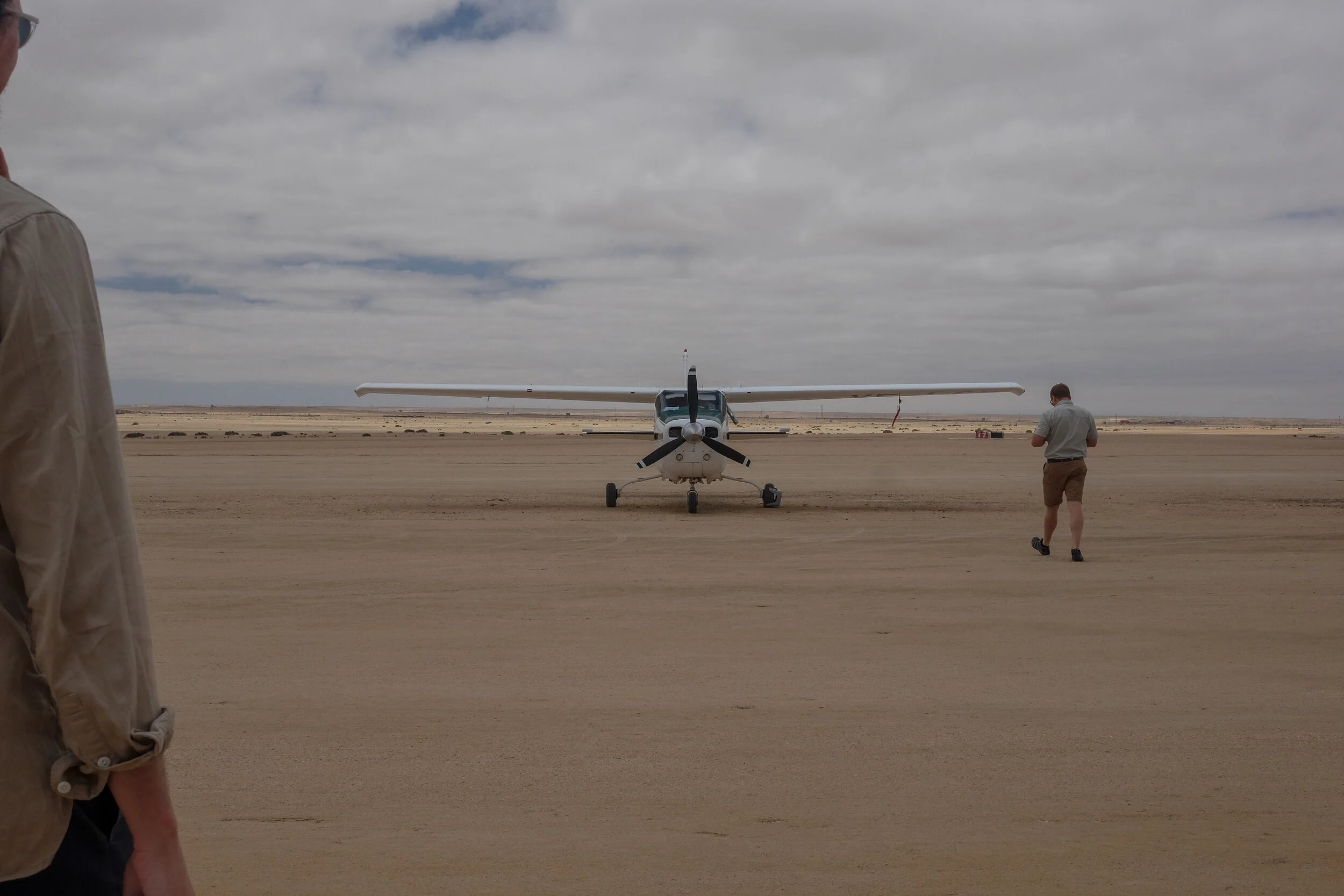




































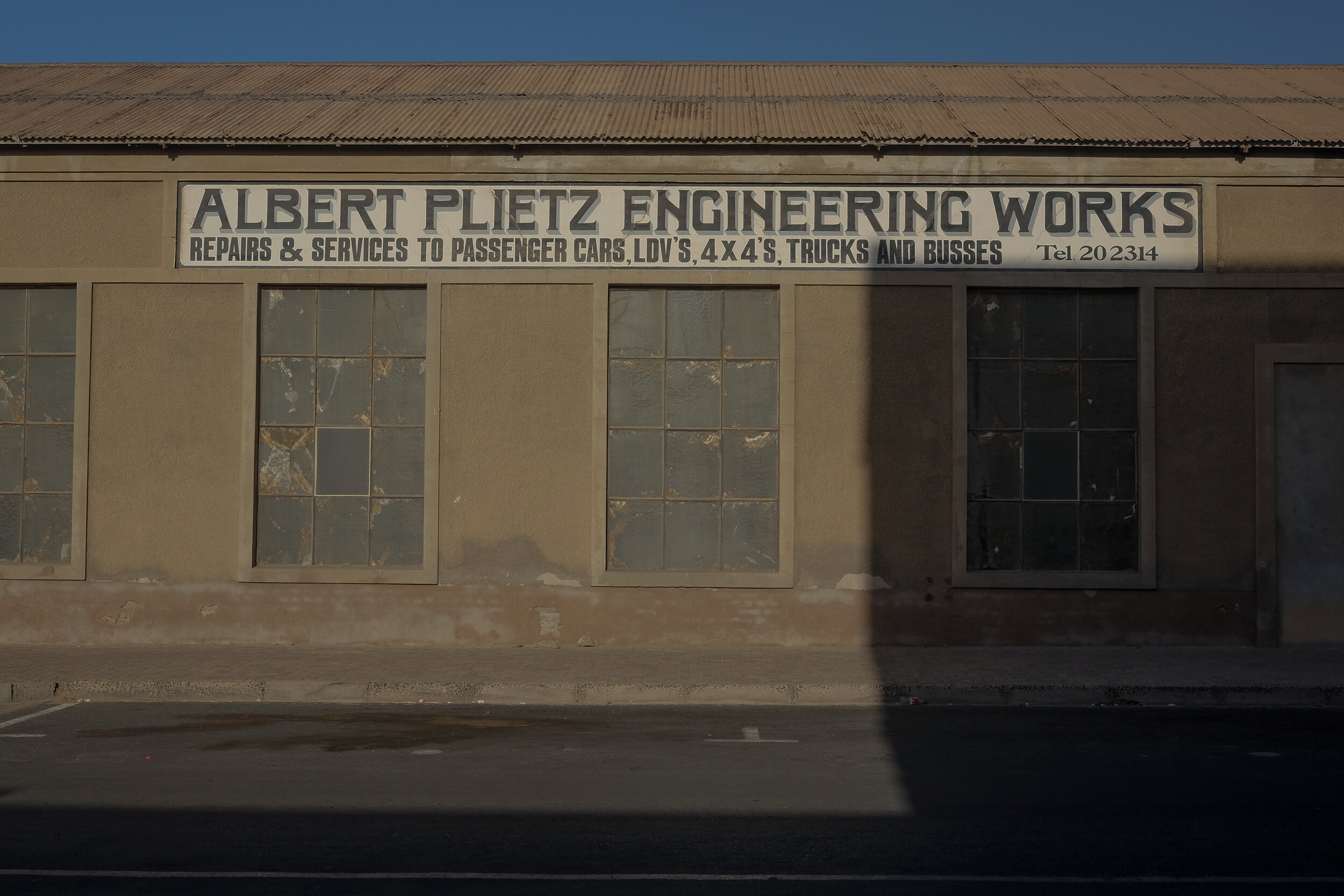




![Ghost Town [Andy S]-3a.jpg](https://images.squarespace-cdn.com/content/v1/5edb6e1cfb8b6f148765cf0e/1594459756849-5RMI0RZJDGYRZQ2WVCZE/Ghost+Town+%5BAndy+S%5D-3a.jpg)
![Ghost Town [Andy S]-32.jpg](https://images.squarespace-cdn.com/content/v1/5edb6e1cfb8b6f148765cf0e/1594459587410-UEVCJPQIMJV0D8V7XR1D/Ghost+Town+%5BAndy+S%5D-32.jpg)
![Ghost Town [Andy S]-48.jpg](https://images.squarespace-cdn.com/content/v1/5edb6e1cfb8b6f148765cf0e/1594459901585-8ZYGI1XT6TU4XKA581OB/Ghost+Town+%5BAndy+S%5D-48.jpg)
![Ghost Town [Andy S]-68.jpg](https://images.squarespace-cdn.com/content/v1/5edb6e1cfb8b6f148765cf0e/1594460044114-E11Z6LQVY1AEIPCWRIE3/Ghost+Town+%5BAndy+S%5D-68.jpg)
![Ghost Town [Andy S]-75.jpg](https://images.squarespace-cdn.com/content/v1/5edb6e1cfb8b6f148765cf0e/1594460242998-78FKBZEPNVZB9JIL7263/Ghost+Town+%5BAndy+S%5D-75.jpg)
![Ghost Town [Andy S]-208.jpg](https://images.squarespace-cdn.com/content/v1/5edb6e1cfb8b6f148765cf0e/1594460304143-2Q6PSSAIRAFX3QHVWNPM/Ghost+Town+%5BAndy+S%5D-208.jpg)
![Ghost Town [Andy S]-203.jpg](https://images.squarespace-cdn.com/content/v1/5edb6e1cfb8b6f148765cf0e/1594460469727-7029D50AFQCBDUIJQ5F5/Ghost+Town+%5BAndy+S%5D-203.jpg)
![Ghost Town [Andy S]-91.jpg](https://images.squarespace-cdn.com/content/v1/5edb6e1cfb8b6f148765cf0e/1594460572240-X40G4LP36ETCXC1ODURE/Ghost+Town+%5BAndy+S%5D-91.jpg)
![Ghost Town [Andy S]-215.jpg](https://images.squarespace-cdn.com/content/v1/5edb6e1cfb8b6f148765cf0e/1594460911753-LXSD067DQCLLQRSR4OKF/Ghost+Town+%5BAndy+S%5D-215.jpg)
![Ghost Town [Andy S]-233.jpg](https://images.squarespace-cdn.com/content/v1/5edb6e1cfb8b6f148765cf0e/1594460966373-Y53WIU1D9GIOEJ9X8CMC/Ghost+Town+%5BAndy+S%5D-233.jpg)

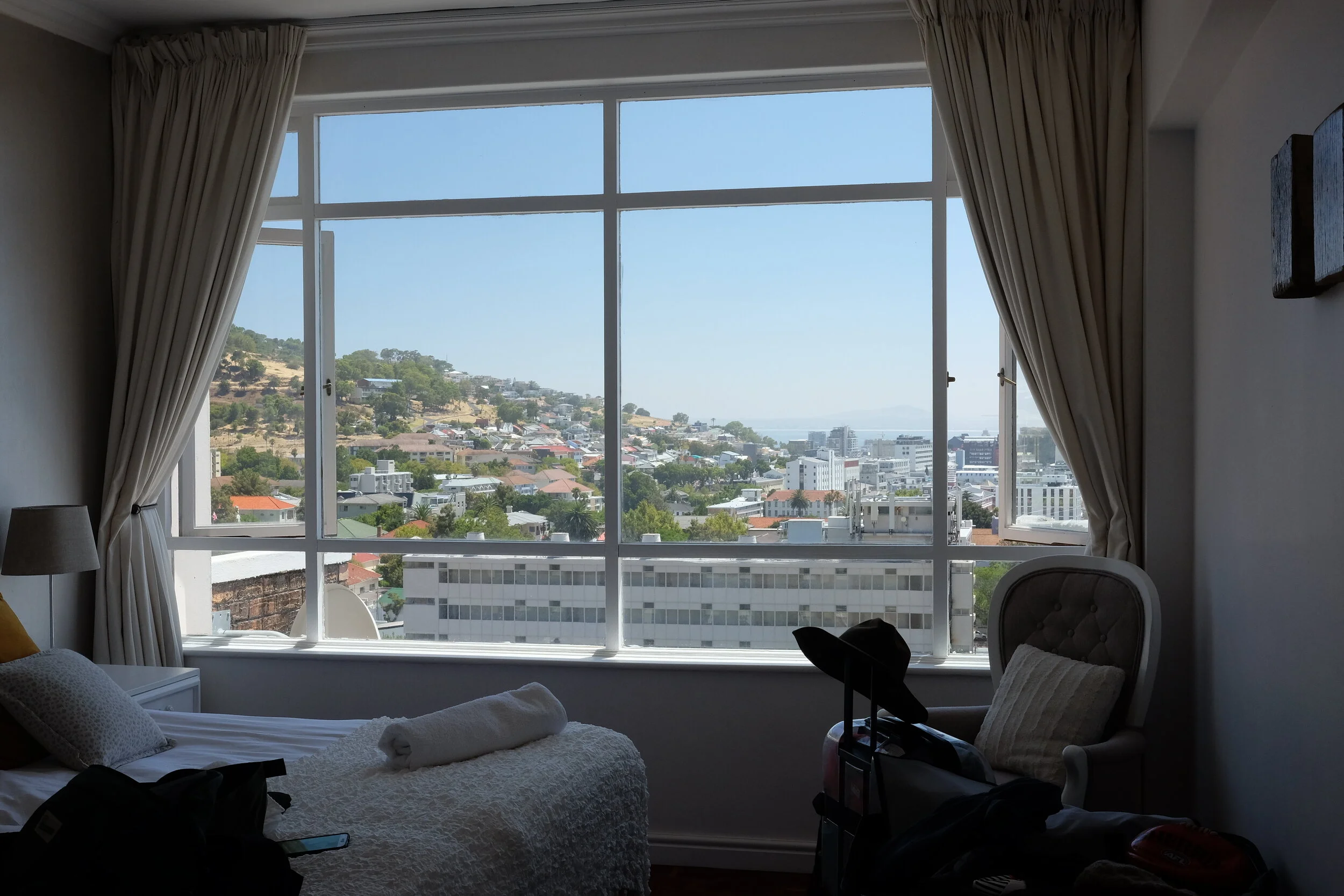
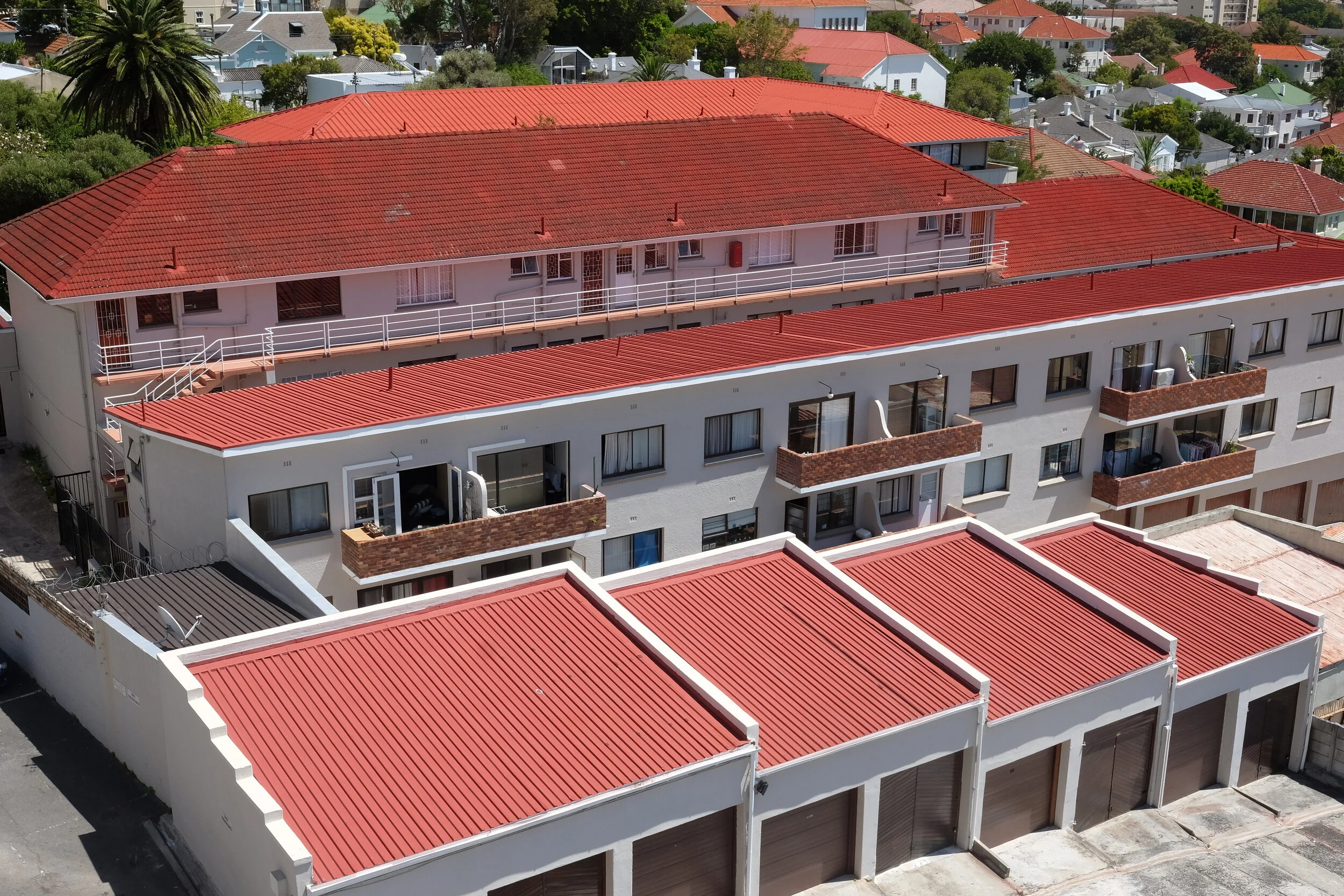
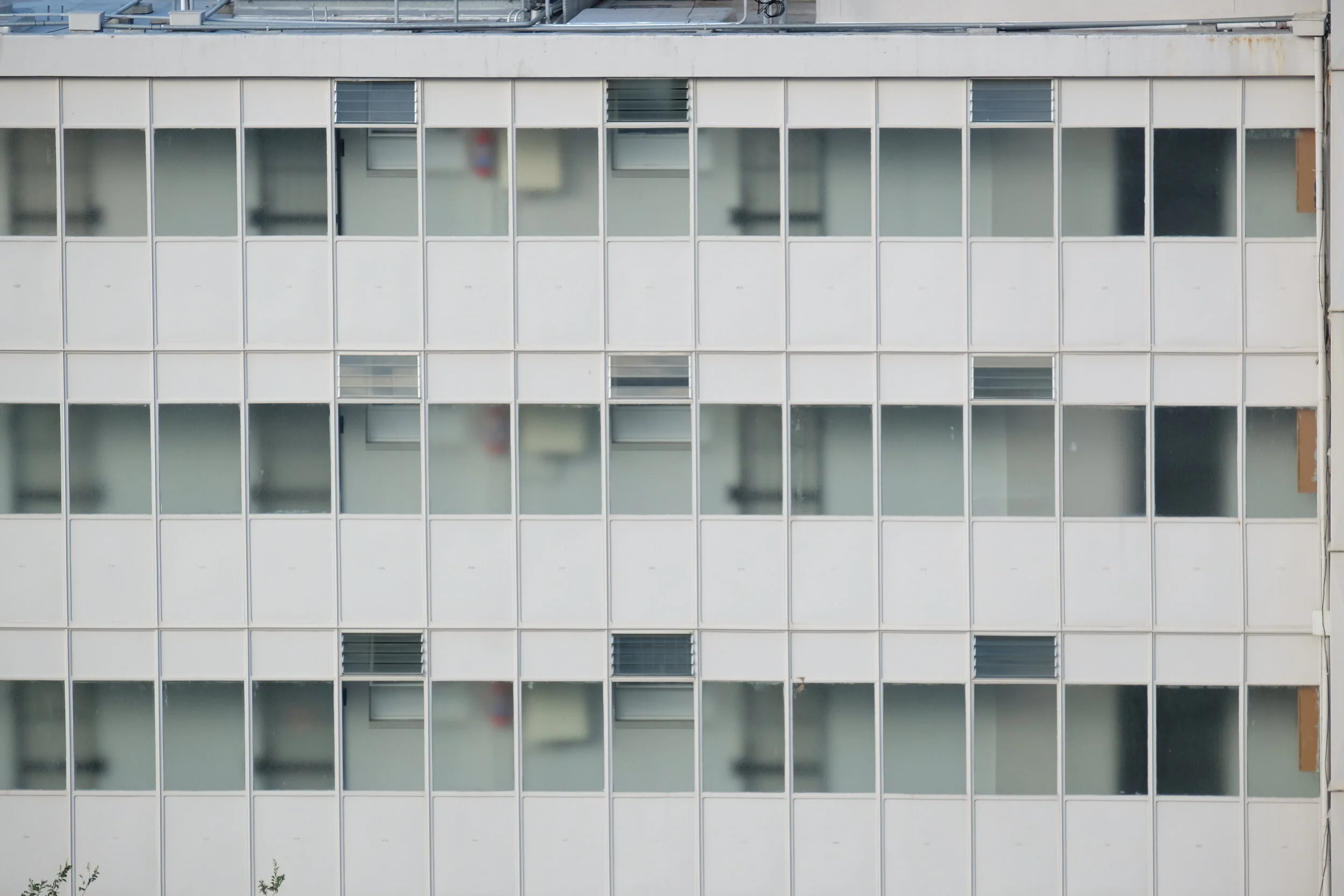


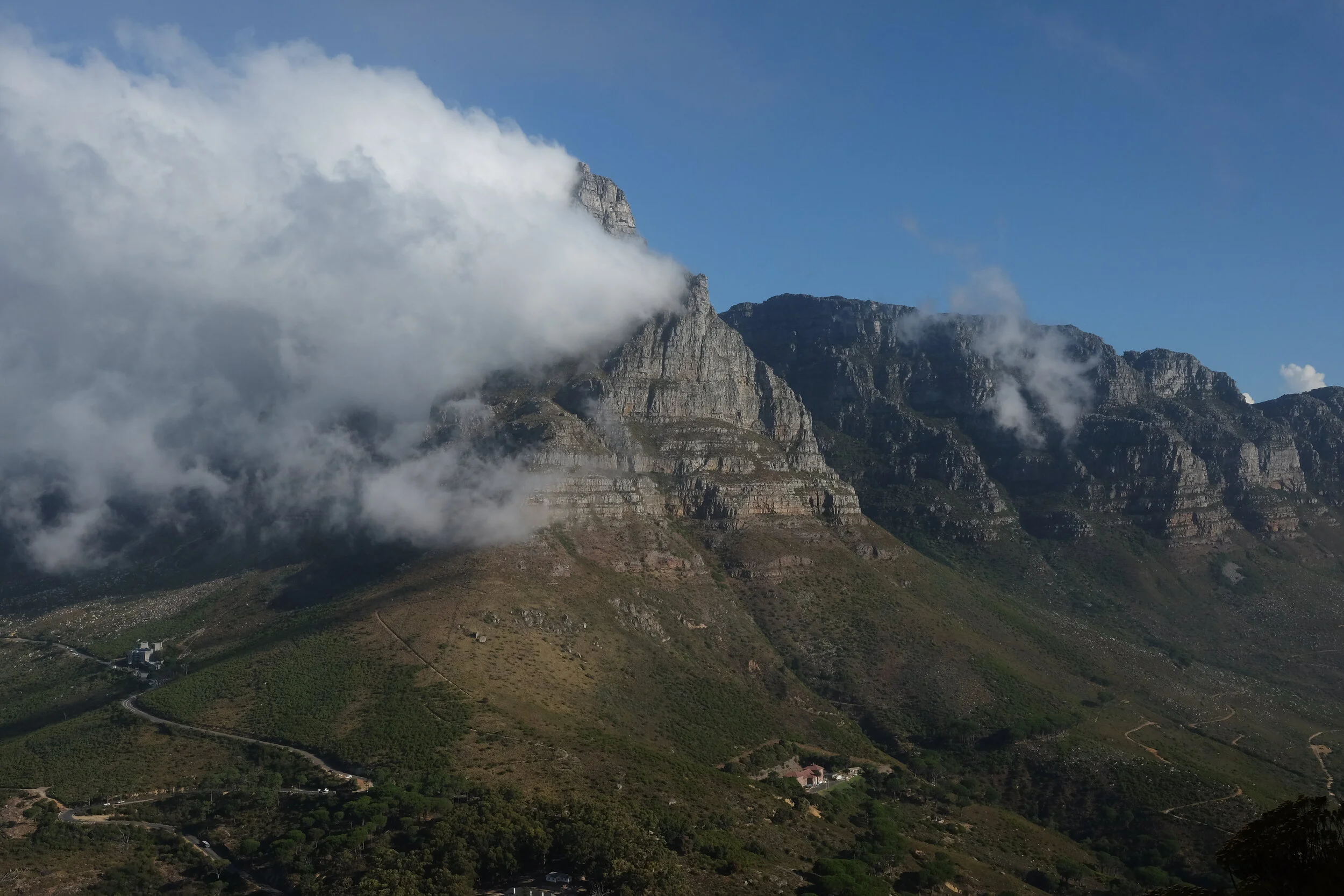





A lesson in perseverance and packing more cameras.